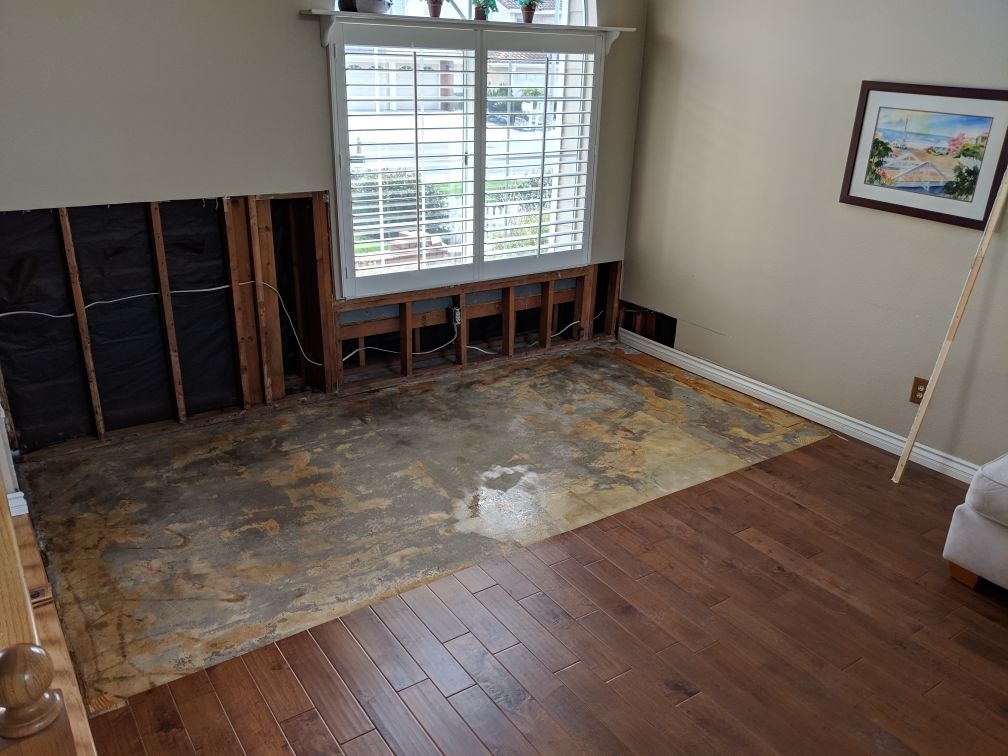Everybody is bound to have their own opinions when it comes to Reducing Your Risk Of Water And Fire Damage At Home.

Water gives life, however water breach on some parts where it's not meant to be can result in damages and aggravation. In addition, homes with water damages smell musty and old.
Water can come from lots of resources like typhoons, floods, burst pipes, leakages, and also sewage system issues. If you have water damage, it's far better to have a working understanding of safety and security precautions. Below are a few guidelines on just how to handle water damage.
Do Prioritize Home Insurance Protection
Seasonal water damages can come from floods, seasonal rains, and wind. There is additionally an occurrence of an unexpected flooding, whether it originated from a damaged pipe that suddenly breaks into your house. To shield your house, obtain residence insurance coverage that covers both disasters such as natural catastrophes, as well as emergency situations like broken plumbing.
Don't Neglect to Turn Off Utilities
When disaster strikes and you remain in a flood-prone area, turn off the main electric circuit. Switching off the power protects against
electrical shocks when water is available in as water works as a conductor. Do not neglect to shut off the main water line valve as a method to prevent even more damage.
If the floodwaters are obtaining high, keep your furnishings steady as they can walk around and also cause extra damages.
Do Stay Proactive and Heed Weather Condition Signals
Storm floods can be very uncertain. If you live in a location plagued by floods, stay proactive and ready whatsoever times. Pay attention to the news and also emptying cautions if you live near a body of water like a lake, creek, or river . Secure your valuables and also essential documents from the very beginning and cellar, after that placed them in a safe place as well as the greatest possible degree.
Do Not Neglect the Roof
Your roofing contractor ought to take care of the damaged seamless gutters or any kind of various other indications of damage or weakening. An examination will certainly stop water from streaming down your walls as well as soaking your ceiling.
Do Pay Attention to Tiny Leakages
There are red flags that can draw your interest and also indicate to you some weakened pipelines in your residence. Signs of red flags in your pipelines consist of bubbling paint, peeling wallpaper, water touches, water spots, or leaking noises behind the wall surfaces. Repair service as well as inspect your plumbing repaired prior to it results in substantial damage to your residence, finances, as well as an individual nightmare.
Don't Panic in Case of a Ruptured Pipeline
Timing is vital when it comes to water damage. If a pipeline bursts in your residence, immediately closed off your main water shutoff to reduce off the resource and stop even more damage. Call a trusted water damages restoration professional for support.
Water provides life, but water intrusion on some components where it's not meant to be can result in damage as well as inconvenience. In enhancement, houses with water damage scent old as well as musty.
Seasonal water damages can come from floodings, seasonal rainfalls, and also wind. Indications of red flags in your pipes consist of bubbling paint, peeling off wallpaper, water streaks, water discolorations, or leaking sounds behind the wall surfaces. If a pipe ruptureds in your home, promptly closed off your main water shutoff to cut off the source and also stop even more damage.
Some Do's & Don't When Dealing with a Water Damage
DO:
Make sure the water source has been eliminated. Contact a plumber if needed. Turn off circuit breakers supplying electricity to wet areas and unplug any electronics that are on wet carpet or surfaces Remove small furniture items Remove as much excess water as possible by mopping or blotting; Use WHITE towels to blot wet carpeting Wipe water from wooden furniture after removing anything on it Remove and prop up wet upholstery cushions for even drying (check for any bleeding) Pin up curtains or furniture skirts if needed Place aluminum foil, saucers or wood blocks between furniture legs and wet carpet Turn on air conditioning for maximum drying in winter and open windows in the summer Open any drawers and cabinets affected for complete drying but do not force them open Remove any valuable art objects or paintings to a safe, dry place Open any suitcases or luggage that may have been affected to dry, preferably in sunlight Hang any fur or leather goods to dry at room temperature Punch small holes in sagging ceilings to relieve trapped water (don't forget to place pans beneath!); however, if the ceiling is sagging extremely low, stay out of the room and we'll take care of it DO NOT:
Leave wet fabrics in place; dry them as soon as possible Leave books, magazines or any other colored items on wet carpets or floor Use your household vacuum to remove water Use TV's or other electronics/appliances while standing on wet carpets or floors; especially not on wet concrete floors Turn on ceiling fixtures if the ceiling is wet Turn your heat up, unless instructed otherwise

As a reader on Safety Tips To Prevent Fire And Water Damage, I imagined sharing that excerpt was beneficial. So long as you liked our page kindly do not forget to share it. We appreciate reading our article about Ways to Reduce The Risk Of Fire And Water Damage.